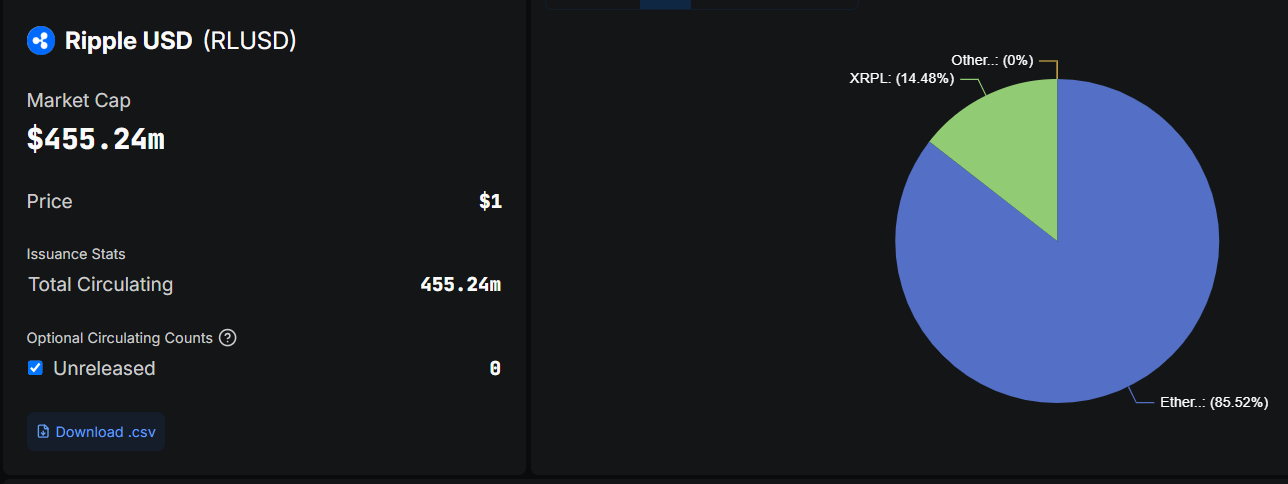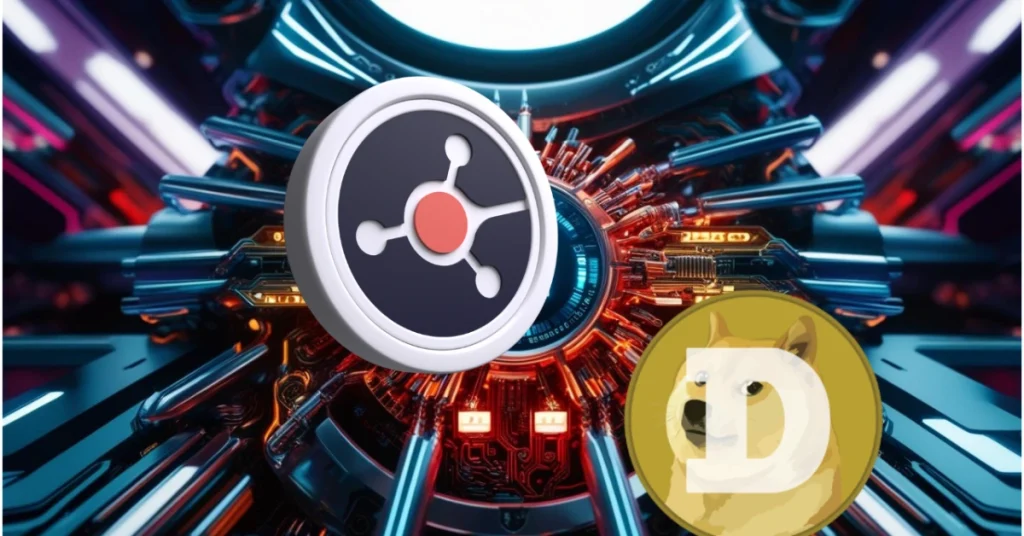
In the latest development in the blockchain space, Cardano founder Charles Hoskinson shared his thoughts on Ethereum’s potential demise, prompting a reaction from pro-XRP lawyer John Deaton.
Notably, Charles Hoskinson projected the Ethereum blockchain’s possible downfall, commenting that the platform would not survive over the next decade. Acknowledging Hoskinson’s Ethereum roots, John Deaton appreciated his comments as particularly noteworthy.
The Future of Ethereum: Insights from John Deaton and Charles Hoskinson
Recently, the Cardano founder, Charles Hoskinson, predicted that the Ethereum network will collapse in the next 10-15 years. He noted, “So, I don’t think Ethereum will survive, you know, more than 10 years to 15 years.”
In response to his words, XRP attorney John Deaton shared a thread on X. John Deaton acknowledged Hoskinson’s words as insightful and particularly significant, given Hoskinson’s foundational role in Ethereum’s creation.
Deaton also expressed curiosity about others’ thoughts on Ethereum’s future, humbly acknowledging the limitations of his own knowledge on the subject. His X post read,
Fascinating to listen to an Ethereum co-founder opine on whether Ether can even survive. I’m not smart enough to have an opinion one way or the other but would like to know what others think.
Why Ethereum Might Not Last 15 More Years? Charles Hoskinson Explains
In a recent Ask Me Anything (AMA) session yesterday, the Cardano founder expressed concerns about the long-term viability of the Ethereum blockchain. Highlighting the platform’s key mistakes, Hoskinson posited that Ethereum would not exist after some 15 years. This has sparked comments from John Deaton.
Hoskinson’s comments follow his revelations on Cardano’s plans to boost Bitcoin’s adoption in DeFi applications.
What Are Ethereum’s Three Mistakes?
Protocol & Consensus Model: According to Hoskinson, Ethereum’s choice of protocol and consensus model is not sufficient for the network’s needs. In particular, he mentions the current limitations of Ethereum’s Proof-of-Stake (PoS) mechanism.
Layer 2 Scaling Solutions: The Cardano founder slams the blockchain’s adoption of layer 2 scaling solutions, addressing them as “parasitic.”
Governance System: As per Hoskinson, the Ethereum network’s governance system is unsound. He pointed out that the platform’s governance is off-chain, but not on-chain, which could lead to inefficiencies in decision-making and adaptability.
John Deaton’s latest comments on the Cardano founder’s insights on Ethereum come following the former’s recent criticism of Oregon AG Rayfield. The XRP lawyer questioned the AG’s motivations for filing a lawsuit against Coinbase with outdated claims.
The post John Deaton Reacts As Cardano Founder Bets On Ethereum Demise appeared first on CoinGape.





 (@tokenterminal)
(@tokenterminal) 

